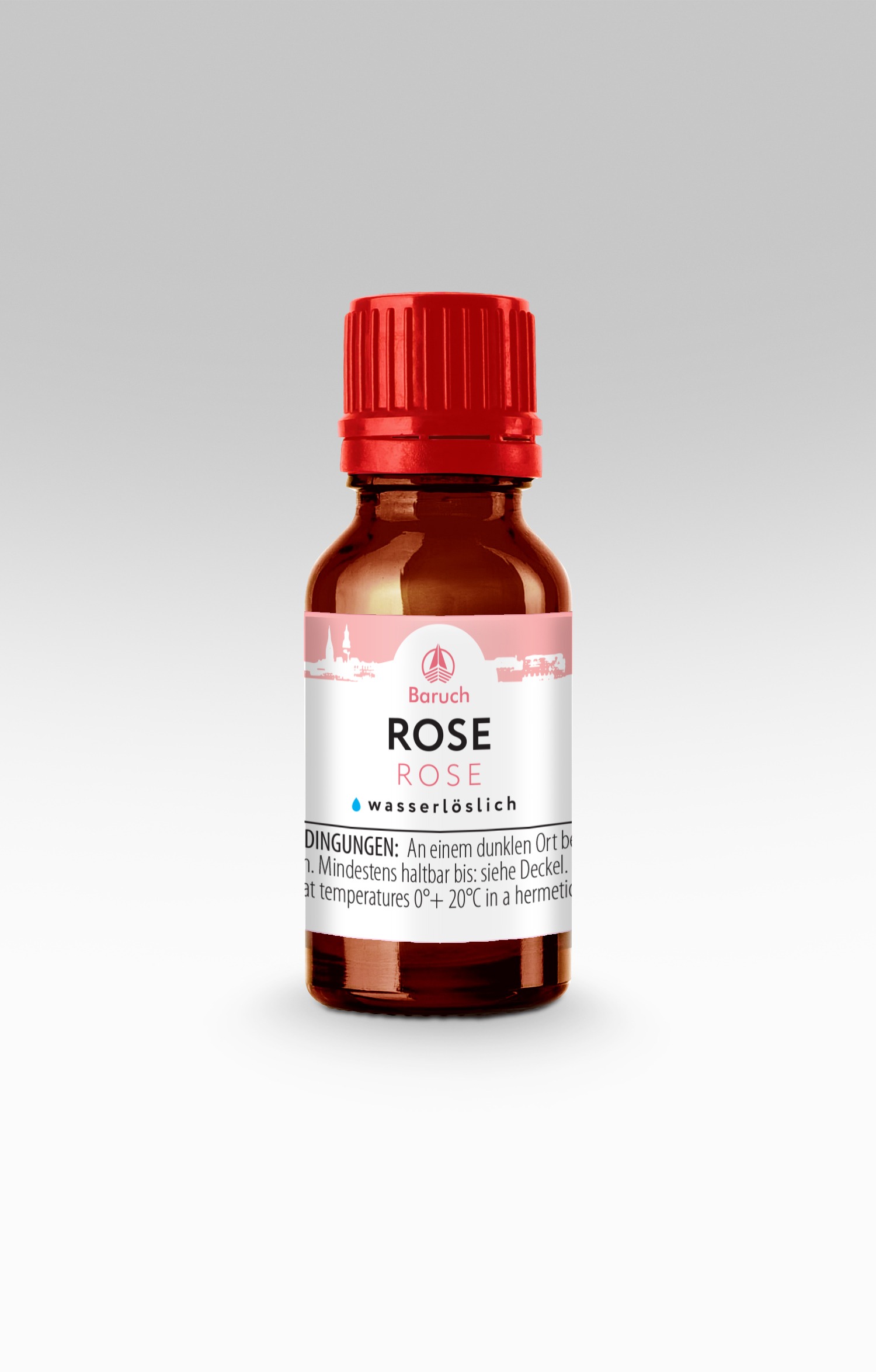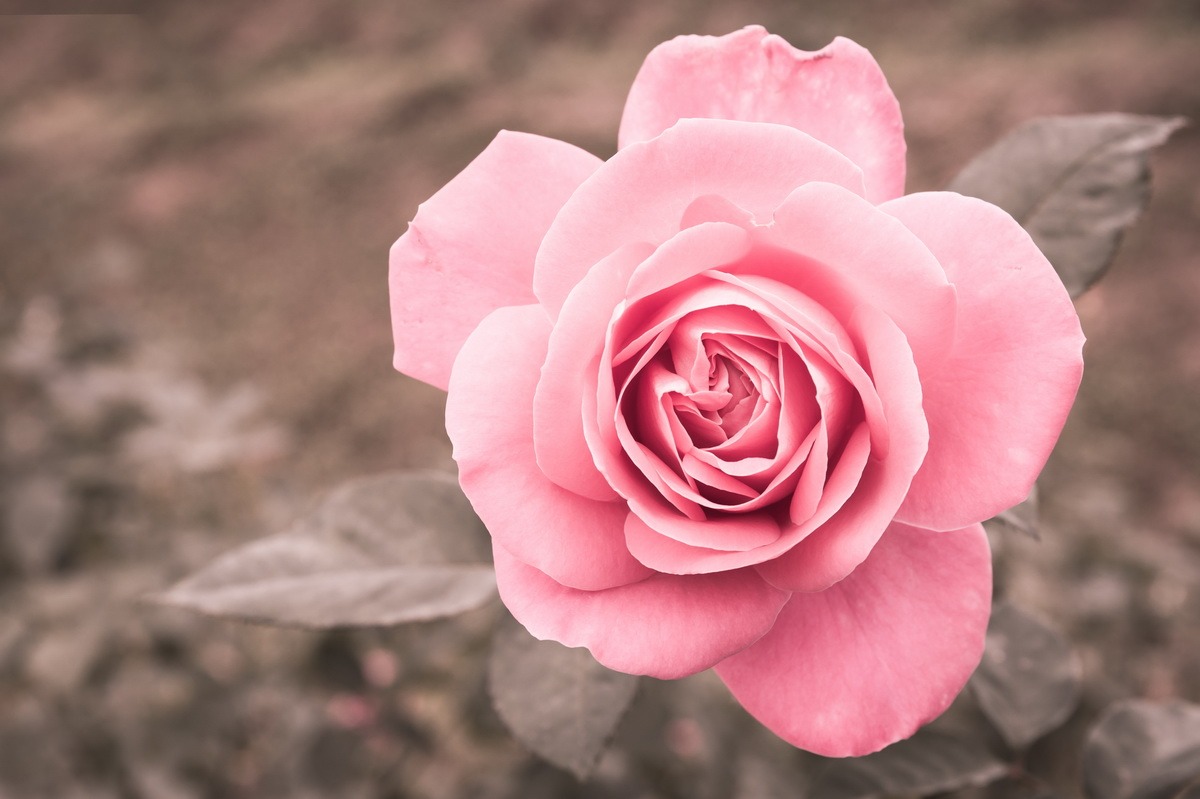The coltsfoot (Tussilago farfara) is
The petals of the Damask rose, sometimes also called Bulgarian or Turkish rose, are used to produce CO2 extract. Plants are shrubs and inflorescences in the form of umbels or semi-umbrellas with flowers of various shades of pink.
The most famous use is that of rose essential oil. Rose oil is a light-colored, flowing, oily liquid with a strong characteristic odor. Essential rose oil is obtained by distillation with superheated steam (at around 1200°C).
100% CO2 Rose Extract (A100) is a viscous, waxy mass of yellowish color at room temperature with a very light aroma characteristic of fresh rose petals. When the temperature rises to 300 ° C – 350 ° C, the extract turns into a liquid state and its aromatic properties increase significantly.
100% CO2 Rose extract (A100) or a lower concentrated oil solution can be used like natural essential rose oil in perfumery, food industry, pharmacy both as a, natural flavoring agent and as a biologically active component.
Currently, with the participation of specialists from Moscow State University, Biozevtika has been able to identify more than 300 compounds that make up the resulting CO2 extracts, each of which has biological activity.
The main component of the composition of the CO2 extract from the company “Biozevtika” from Damask Rose consists of hydrocarbons (55%), more than 15% of the composition are terpene alcohols, 4.2% esters and 3.3% triterpenoids, 3% are fatty acids.


Chart 1. Main components of Damask Rose CO2 extract
| NAME | CONTENT IN% OF THE AMOUNT OF VOLATILE COMPONENTS | EFFECT |
|---|---|---|
| Phenylethyl alcohol | 12 | Possesses strong antimicrobial activity, carrier of a characteristic rose aroma. |
| n-tricosane | 11 | Substance from the group of paraffins, has a pronounced antimicrobial effect. Can be used as an additive in toothpastes. |
| β-n-Geneikosan | 9,5 | Shows hepotensive and anticonvulsant activity. |
| n-heptacosane | 9,0 | Steroid. Has antimicrobial activity. |
| n-nonadecane | 8,8 | Found in natural waxes. In cosmetics it can be used as a moisture-retaining component. |
| n-Pentacosane | 8,0 | Found in natural waxes. In cosmetics it can be used as a moisture-retaining component. |
| n-Nanocosane | 2,0 | Refers to saturated hydrocarbon, fat-like compound. It has a healing and anti-inflammatory effect. |
| α-Amirine | 1,5 | Weakly polar saponin. Has a good cleaning effect. Shows antimicrobial activity. |
| Palmitic acid | 1,4 | Unsaturated fatty acid for hydrophobing in cosmetics. |
| n-Eicosane | 0,9 | Found in natural paraffins. Works well in moisturizing cosmetic preparations. |
The studies conducted allow us to state unequivocally that the CO2 extract of Damask rose is a much more useful and biologically active product than the traditional rose essential oil and can therefore confidently be recommended as a substitute.
In the food industry, Damask rose CO2 extract can be recommended as a flavor additive in the production of beverages, lemonades, cocktails, ice cream and desserts. Unlike traditional essential oils, CO2 extract from Damask rose imparts not only the smell, but also the taste of rose petals, which opens up very wide prospects for creating new interesting recipes. Damask rose CO2 extract can also be supplied in the form of a water-soluble emulsion, which significantly expands the range of uses of this ingredient.
In the cosmetics industry, CO2 extract from Damask rose can be recommended as a component of products with the following range of effects:
- Relief from irritation
- Regeneration
- Effective cleaning of the skin
- Promotion of skin rejuvenation
- Antiseptic
- Products against dandruff and hair loss
Chart 2. Application rates, recommendations for use and storage of CO2 extracts
| Food usage rates | The recommended range of use for the most popular 10% oil solutions of CO2 extracts among technologists in the cosmetic industry (item A10 according to our internal classification) is 0.05-0.5% of the mass of the finished product (0.5-5 g / kg or 0.5-5 kg/ton). For extracts from solutions of other concentrations (A1-A100), the application rates must be recalculated proportionately. |
| Recommendations for use | It is recommended to add CO2 extracts in the final stages of preparation, in the cooling phase of the end product. |
| Storage Instructions | It is recommended to store CO2 extracts in a closed container in a cool room and avoid direct sunlight. |
| Use in dietary supplements | Application in cooking | Application in cosmetics |
| For medicinal purposes, it is used to a limited extent, mainly for baths, inhalations, compresses, to fight infections on the surface of the skin and mucous membranes. | It can be added to confectionery, pastries, in the preparation of, fruit jams with a slightly pronounced inherent aroma. It is used as a flavoring for various alcoholic and non-alcoholic drinks and cocktails. | Helps fight against scaly and irritated skin, nourishes and moisturizes dry skin, evens out its color, treats eczema and dermatitis, reduces or completely eliminates the appearance of stretch marks on the skin, helps to preserve the skin’s youthfulness, prevents the appearance of Wrinkles and vascular patterns on the face, lightens with the possibility of completely eliminating age spots. Refreshes the skin, saturates it with moisture, tones and softens it, restores skin firmness and elasticity. |
Historical reference

The tradition of covering the bed of lovers and newlyweds with rose petals was not accidental – in ancient times the rose was considered an aphrodisiac. However, in our time, this belief has not been convincingly confirmed in the course of scientific research. But the tradition has remained and today has more of an aesthetic-romantic than a practical character. However, one should not be sad because an ancient belief has been “debunked” – modern research has revealed many other useful properties of a rose that our ancestors did not know about. In fact, it has so many useful properties that it’s time to speak of the rose as one of the most underrated medicinal plants whose recognition is still in the wings.
